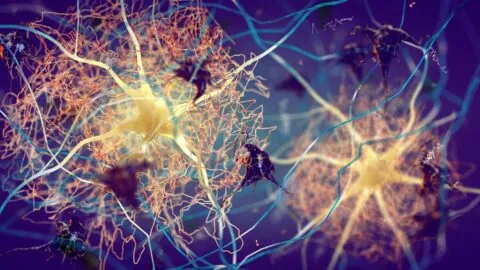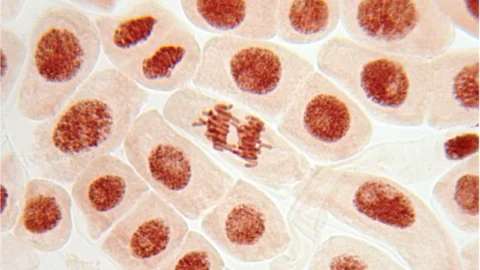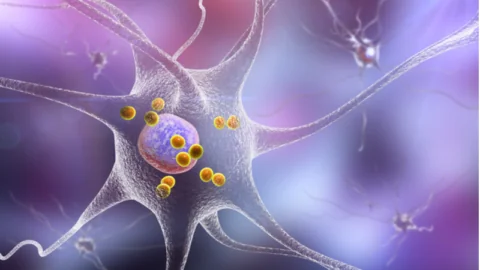April 22, 2024
With an in-depth examination tool in hand, researchers publishing in Aging have done a preliminary examination of the muscle protein differences between younger and older people and how older people's proteins change with exercise. The power to take a close look This paper begins with a discussion of proteomics, the science of analyzing what proteins...
October 22, 2023
A pair of neurologists have published a review in Cell discussing the current state of Alzheimer's therapies, including drugs in early development, treatments in clinical trials, and therapies that are prescribed today. The -mab drugs Monoclonal antibodies, drugs whose names end in -mab, have become the go-to approach for pharma companies seeking to develop anti-Alzheimer's...
April 03, 2023
A paper published today in Nature Aging describes how cold temperatures stimulate the production of PA28γ, a protein that appears to increase lifespan in worms and cells. An explanation for a commonly held belief Cold temperatures have been associated with longevity for more than a hundred years [1]. The conventional explanation is that this is...
October 10, 2022
A preprint published in bioRxiv has shown the mechanisms by which cancer handles the protein dysfunction brought about by its own mutational load and how these mechanisms are different from ordinary proteostasis machinery. A highly variable burden Previous research has shown that tumors vary widely in their numbers of mutations. Some cells in a single...
August 25, 2022
Published in GeroScience, a groundbreaking study from the renowned Conboy lab has confirmed that plasma dilution leads to systemic rejuvenation against multiple proteomic aspects of aging in human beings. Systemic molecular excess This paper takes the view that much of aging is driven by systemic molecular excess. Signaling molecules, antibodies, and toxins, which gradually accumulate...
August 08, 2022
A team of researchers publishing in Nature Communications has described nanobodies that can destroy the α-synuclein aggregates that characterize Lewy bodies, which are associated with dementia and Parkinson's disease [1]. What are nanobodies? Traditional antibody therapies, while promising in some studies, are too large to enter cells in order to affect the aggregates there [2]....






